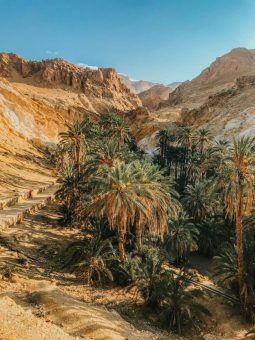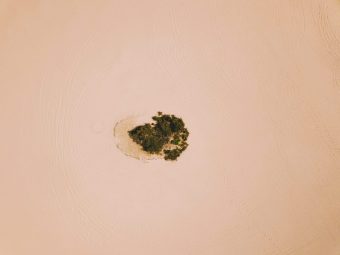
The Sahara, the largest desert on the planet, is about the same area as the continental United States and stretches across several countries, including Algeria, Libya, Egypt, Morocco, Tunisia, Mali, Niger, and Chad. It makes up 31 per cent of the continent. Asia has many deserts, starting from the Gobi desert, Karakum and Taklamakan to the Thar and Dasht-e Kavir desert in Iran and others. Water in these areas means life and is often associated with the emergence of oases.
Within desert areas, oases are key sites for human settlement and agriculture. They are formed where underground water comes to the surface or where a river passes, which allows the growth of vegetation and the life of a community. Oases are located in 37 countries, with the largest number of them being in Asia, while 13 per cent are located in Australia.
One study conducted by experts from the American Geophysical Union looked at how oases grew and shrank over 25 years (from 1995 to 2020) and found that oases around the world have grown by more than 220,149 square kilometres in size, mostly due to intentional oase expansion projects in Asia. However, desertification caused the loss of 134,300 square kilometres of oases, also mostly in Asia, leading to a net increase of 86,500 square kilometres during the study period. Desertification is the process when fertile land becomes dry and unproductive and eventually turns into a desert or semi-desert.
More:
- DROUGHT CAUSES A NATIONAL DISASTER IN ZIMBABWE
- FROM JAMAICA TO THE SAHARA: THE STRUGGLE FOR WATER RESOURCES
- HOW AGRICULTURE ENDANGERED THE WORLD’S MOST BIODIVERSE SAVANNAH

Oases are crucial for arid areas because they are a source of water, food and life. They are usually used to grow cotton, olives, figs, citrus fruits, wheat and corn. Communities often plant large trees, such as palm trees, around oases to protect crops from sand. Some of the world’s largest reserves of groundwater lie beneath the Sahara desert, supporting close to 90 large oases in the region.
Climate change and anthropogenic factors pose a serious threat to the survival of oases. Depleting groundwater, changes in rainfall patterns and rising temperatures can all lead to the drying out of oases, threatening their ecosystems and the communities that depend on them. Therefore, it is crucial to take measures to conserve water and maintain these vital areas in arid regions, as they are home to 10 per cent of the world’s population even though they occupy about 1.5 per cent of the land mass.
Energy portal



